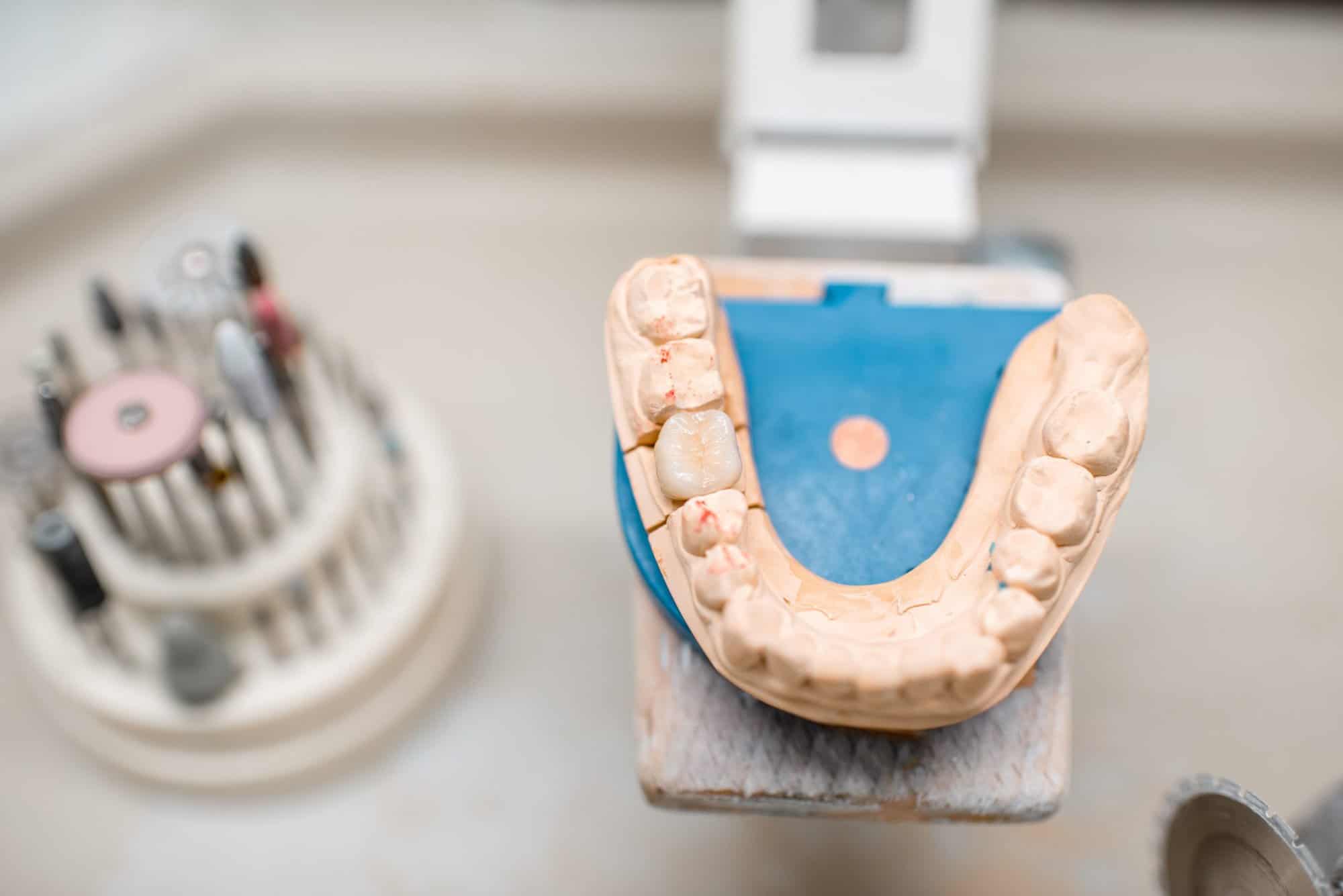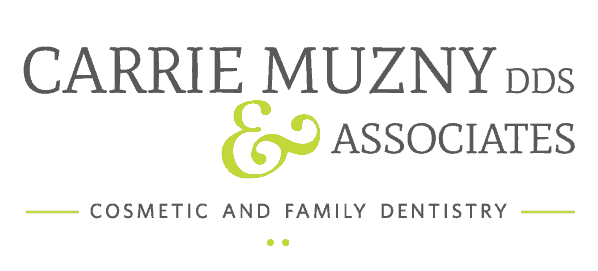
Cosmetic And Restorative Dentistry: What You Need To Know
Cosmetic and restorative dentistry may seem remarkably alike, considering they care for damaged, decayed, or missing teeth, but there is still a slight difference between them. Knowing the differences between both can help you make an informed decision when looking for a dentist or a cosmetic dentist based on your needs and goals for a perfect smile.
Restorative Dentistry
Restorative dentistry is more focused on addressing different dental issues to restore the health and function of the teeth and gums. Restorative dentistry helps prevent and manage common dental problems like cavities, missing teeth, or broken teeth. Treatments that fall under restorative dentistry are:
- Fillings
- Implants
- Bridges
- Dentures to replace missing teeth
- Crowns or caps to strengthen and protect any damaged teeth
Compared to cosmetic dentistry, restorative dentistry prioritizes oral health and proper function regardless of aesthetics.
Cosmetic Dentistry
As mentioned, restorative dentistry focuses on oral health and functionality, whereas cosmetic dentistry focuses more on the overall aesthetics of your smile. Dentists always want you to put your oral health first, and often, if there are any underlying problems, your dentist will have you take care of any issues using restorative dentistry to have a good foundation for any cosmetic dentistry procedures.
Popular Cosmetic Dentistry Procedures
Many people seek to enhance their smiles for various reasons, usually because chipped, uneven, or yellowed teeth make them feel self-conscious. Popular cosmetic dentistry procedures that address these issues include teeth whitening, veneers, bonding, and contouring, designed to improve appearance and boost confidence.
Teeth Whitening
Teeth whitening is a cosmetic dentistry treatment involving bleaching the teeth to eliminate discoloration or stains on the enamel. Depending on preference and budget, different methods of teeth whitening can be used, either in-office, at-home, or a combination of both. It is important to note that teeth whitening only works on natural tooth enamel, so implants, fillings, crowns, or veneers will not change color and remain a different shade.
Bonding
Bonding is a very effective treatment for small chips and minor discoloration. This involves using a tooth-colored putty that can fill holes, chips, and even small cavities. Bonding typically lasts a few years but is prone to chip easily. However, it can be reapplied by a dentist.
Contouring
Contouring is a cosmetic dentistry procedure where a dentist reshapes a patient’s tooth by altering its position, width, length, or shape. It requires healthy teeth and good oral health because it involves sanding or using a laser on the natural tooth to achieve the desired shape. It is often paired with coding to fill in any chips and is a quick and permanent solution for those with crooked, overlapping, uneven, or misaligned teeth. Once the contouring is finished, the teeth are polished for a flawless smile.
Veneers
Veneers, typically made of porcelain or plastic, are custom-made shells that fit over the front of the teeth. They are shaped and fitted perfectly over each tooth, then cemented on. Veneers change the color and shape of the tooth, giving a more permanent solution than whitening or bonding. This is a popular procedure as it provides an easy way to achieve a perfect smile.
The Main Differences Between Cosmetic And Restorative Dentistry
Purpose
Cosmetic dentistry primarily focuses on improving the appearance of teeth, using treatments like whitening or veneers. In contrast, restorative dentistry aims to restore function and focuses on repairing decayed, damaged, or missing teeth to maintain proper oral health. For example, a root canal followed by a dental crown will protect the tooth structure left behind from any future decay or damage. However, cosmetic dentistry only seeks to improve visual appearance. So, if a dental crown is used cosmetically, it only enhances the tooth’s contour, color, or size. Cosmetic treatments do not improve the teeth’s function and typically require overall healthy teeth for any of the procedures.
Necessity
One of the biggest differences between cosmetic and restorative dentistry is their necessity versus choice. Restorative dentistry is usually necessary because it helps restore any dental issues that help protect teeth and maintain function. Cosmetic dentistry is used to improve the overall aesthetics of your smile and is not necessary for health or functional purposes.
Materials Used
Another thing that sets restorative dentistry apart from cosmetic dentistry is the materials used. Dental restorations are usually more affordable and durable than aesthetically pleasing. Cosmetic dental materials are often durable but also play into aesthetics. Any dental restorations used for cosmetic purposes will be selected for their color and material to blend in with the surrounding teeth.
Cosmetic And Restorative Dentistry Near You
Considering the differences between cosmetic and restorative dentistry can help you differentiate based on your needs and goals toward a dazzling smile. Usually, both restorative and cosmetic dentistry treatments can go hand in hand with one another. If you need a dentist who can do both, Carrie Muzny, D.D.S. offers cosmetic and restorative services, prevention, sedation dentistry, and oral surgery. Serving those in Benders Landing, Woodforest, Spring, and North Houston to the Conroe/Montgomery area, we are here to get you started towards a brighter smile. We offer virtual consultations and in-person appointments at our office in The Woodlands.
Contact us to schedule your consultation today!

